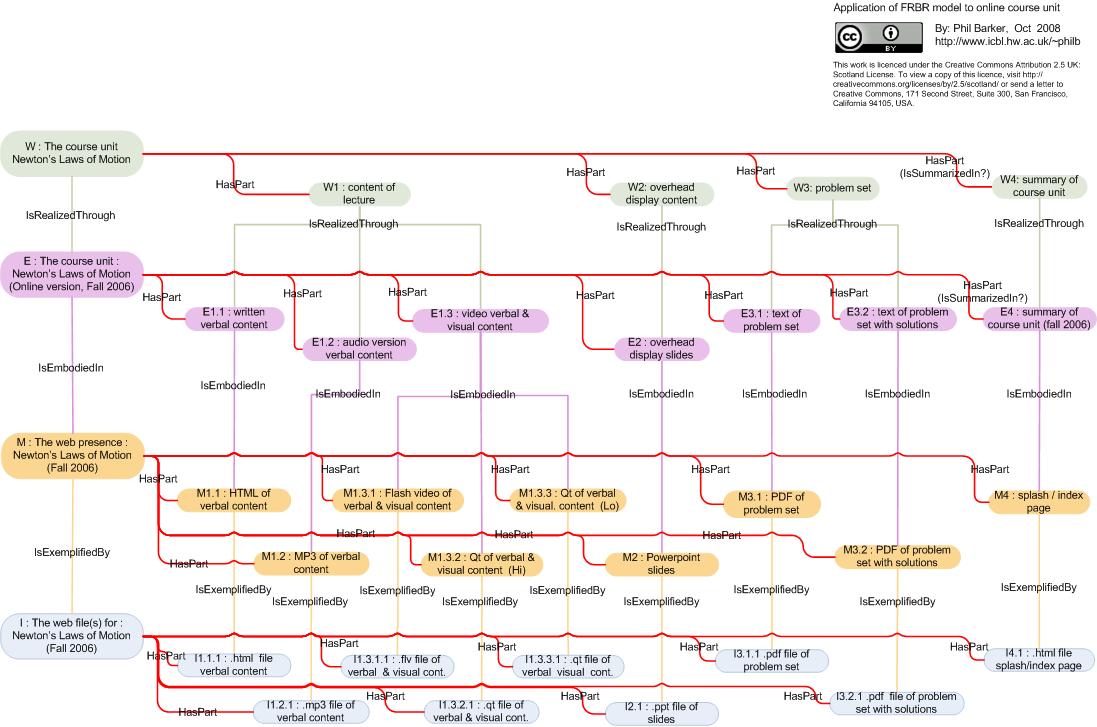Andy Powell has been looking at how a couple of example repositories work in terms of putting stuff on the web. There two posts, both looking the “jump-off” pages for journal articles; one from a Dspace repository at Edinburgh University the other from an ePrints repository at Southampton (though he points out that he has chosen these repositories purely as illustrative examples, there’s nothing specific about the institutions and it’s not clear what if anything is specific to the software). He looks for points such as whether the HTML page title is relevant, is the URL “cool”, is the page linked where relevant (e.g. are the author names linked to something useful), is there any metadata in the HTML page (in the header, as microformats, or as links to machine readable records), how prominent is the link to the actual paper itself, etc.
The discussion fascinating, if you run a repository of any type of material I’ld suggest you take a look and think about your own repository. As Andy concludes:
My point is that I don’t see the issues around “eprint repositories as a part of the Web” featuring high up the agenda of our discussions as a community (and I suggest the same is true of learning object repositories), in part because we have allowed ourselves to get sidetracked by discussion of community-specific ‘interoperability’ solutions that we then tend to treat as some kind of magic bullet, rolling them out whenever someone questions one approach or another.

